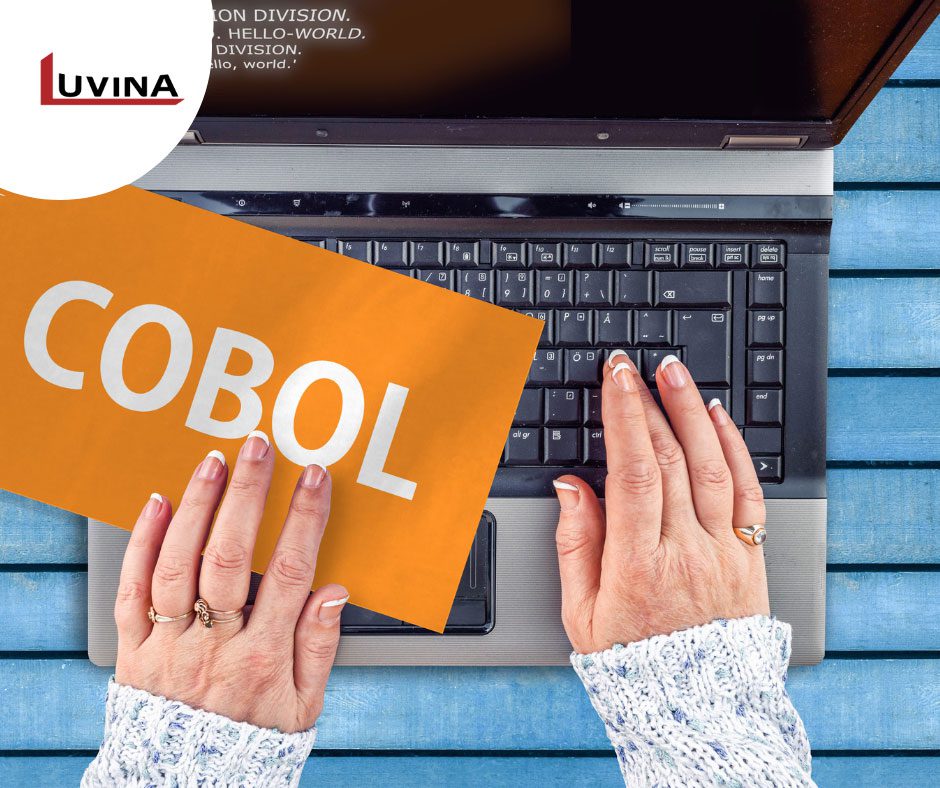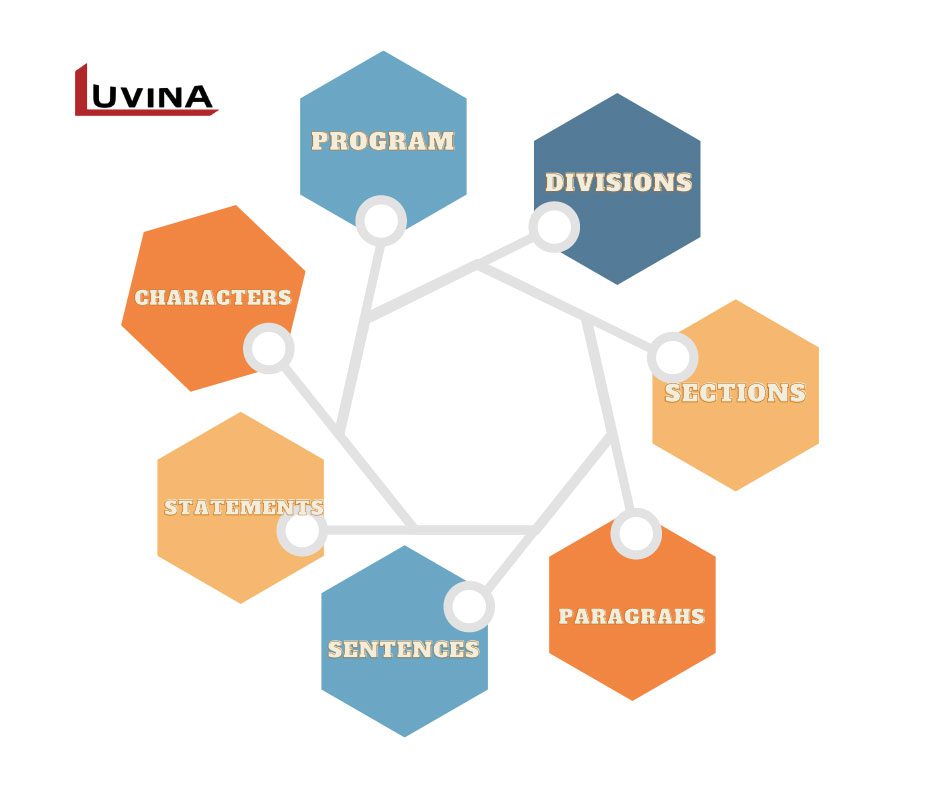JavaScript, Java, Python, C#… which programming languages do you use frequently? In the era of technology “kings”, while a series of “fashionable” programming languages are taking the trend, the return of “ancient” programming languages like Cobol is very sought after.
COBOL – an “ancient” language?
More than 60 years ago, in 1959, the Cobol programming language was born with the original purpose of establishing a procedural direction (Procedural). But since 2002, it has become an object-oriented language. Since then, Cobol has continued to perform well in its role as a “veteran” programming language in the IT industry.

Cobol (Common Business-Oriented Language) is a third-generation computer programming language that mainly focuses on solving a business problem. It is commonly used in business, financial and administrative systems of companies and governments.
Identify Cobol?
Looking back at its golden age, when it comes to the usability and usefulness of a widely-applied programming language in real life, there is no better option than Cobol. So, what “unique” features make Cobol so popular?
Simplicity
Cobol is quite simple and therefore easy to learn as it is referred to as a standard language. In addition, Cobol is compiled and used on a variety of computer types, supports a wide syntactic vocabulary, and its coding is concise and easy to understand.
Orientation
Cobol is capable of handling huge chunks of data due to its enhanced processing capacity. Specifically, more than 70% of business transactions worldwide are processed with the help of Cobol. Therefore, Cobol is suitable for effective application to provide a business orientation for operators from basic to complex.
Universality
COBOL has gone through many stages of formation and development and is currently being applied on different devices and platforms. This language provides debugging tools for most computer platforms. Products, compilers, and COBOL tool developments continue to be released every year.
Extensibility
The logical control structures available in Cobol make it easy to read, modify codes and debug. Cobol is also scalable, reliable, and portable across platforms.
The program structure of Cobol
- Division: It is the primary partition with a code block consisting of one or more regions, in which the starting position is the position after the partition name and the end position is the starting point of the next partition or the end of the program. Besides, a Cobol program will include 4 partitions and are deployed in the following order:
- Identification Division: provides program information to programmers and compilers.
- Environment Division: helps define input and output files for the program.
- Data Division: includes data variable declaration information
- Procedure Division: includes the code used to manipulate the data elements declared in the Data Division.

- Section: A block of code (but smaller than a partition) that usually consists of one or more different segments.
- Paragraph: A block of code of the main program consisting of one or more statements.
- Sentence, Statement: A statement consists of one or many different clauses and ends with a period. A clause consists of a Cobol verb/command and one or more operands.
COBOL still operates well after over 60 years
After 63 years of development, the Cobol programming language still cannot disappear in the future. New opportunities are waiting for “veteran” programmers of this language.
The number of COBOL lines of code is anticipated to be between 775-850 billion lines, according to worldwide research released in 2022 by Micro Focus Company, and has been rising since the last survey findings were published in 2018. Micro Focus claims that the presence of 800 billion lines of code proves the significance and ongoing investment in this most trusted core business system technology.
Cobol and other “old-generation” programming languages have survived because of the adaptability of humans. Despite their age, they should not be torn down. The underlying technologies of these “veterans” provide the basis upon which new innovations are formed.
Though magnetic tape has gone on for over 50 years, 92 of the top 100 banks still utilize IBM’s COBOL mainframes. Although most financial institutions have upgraded their systems, a “substantial number” of investment banks such as Morgan Stanley, HSBC, and UBS are still employing archaic methods.
There are currently large projects being implemented by Luvina Software for prominent Japanese clients in the Cobol programming language. After completing a project and handing it off to a client, we often receive positive feedback for the finished product and engineers’ quality.
Luvina COBOL Development Service: Migrating Business and Financial Systems
COBOL (Common Business-Oriented Language) is a third-generation programming language that primarily focuses on solving business problems. It is widely used in business, financial, and administrative systems of corporations and governments.
At Luvina, our COBOL development services include:
- Migrating and modernizing COBOL-based applications.
- Maintaining mission-critical banking and financial systems.
- Enhancing performance while ensuring compatibility with existing workflows.
- Providing long-term support with dedicated COBOL engineers.
Our approach helps clients preserve the reliability of their core systems while reducing operational risks.
Luvina is currently implementing large-scale COBOL projects for prominent Japanese clients in finance and enterprise management. Each time we deliver a COBOL project, we receive high praise for system stability, product quality, and the expertise of our engineers.
With our proven track record, Luvina is not only preserving the value of legacy systems but also helping clients modernize, integrate, and optimize their COBOL-based platforms for the future.








Read More From Us?
Sign up for our newsletter
Read More From Us?
Sign up for our newsletter